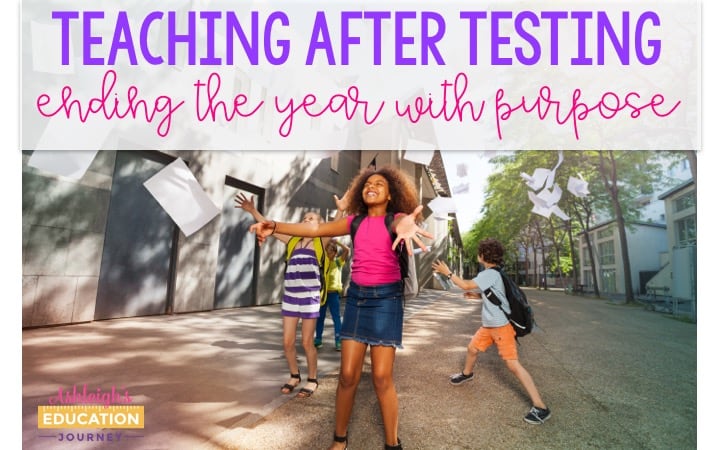
I’ve always enjoyed the time of year after testing and before summer vacation, which for me is about six weeks. It’s nice to teach without the stress of the big test hanging over my head. It’s also the time of year when I feel like I have a little more flexibility than usual, because ideally I’ve taught all of my standards, so I don’t feel the need to rush through my curriculum. However, I definitely like to end strong and with purpose, so I do continue teaching right until the end of the year. This post shares five of my favorite ways to keep teaching after testing and moving students forward right until the close of the school year.

Accelerate
One option for teaching after testing is to accelerate your students by giving them a glimpse into the next year’s standards. When I taught third grade, I always asked the fourth grade teachers if there was anything I could do to better prepare my students for fourth grade. There are typically gaps from year to year standards that have to be bridged at the beginning of the year, and the weeks after testing are perfect for bridging those gaps.
Now that I’m teaching fourth grade, I’ve asked our fifth grade math teacher how I can help prepare my students for fifth grade math. For me, it will be me teaching my students the multiplication and division algorithm, which isn’t technically in my standards, but I’m happy to teach those algorithms. I am always careful to ask first, because I don’t want to teach any tricks or lessons that will interfere with students’ conceptual understanding of any concepts.
This could be particularly helpful in social studies and science as well. Many times students are expected to learn about complex topics that they have little to no background information on or little context to relate those topics to. During the last few weeks of school, students could begin developing schema for those topics.


Reteach
While I wish it weren’t the case, I always feel like there is a topic or two that I shortchanged during my instruction. I know I absolutely raced through my geometry and measuring angles lessons in order to “finish” before testing, so I plan to go back and reteach those concepts a bit. I can use the remainder of the year to reteach anything else that I felt like my students didn’t adequately grasp. This is typically fairly easy in reading workshop, because I can focus my reading groups on each group’s specific needs. I like to focus my mini lessons on summer themed books, which you can see a blog post about here.
This remediation can be a bit trickier in math, because there are SO MANY different topics to reteach, which is why I love using math choice boards during this time of reteaching. They provide my students with engaging activities, while I meet with small groups to focus on particular skills and topics. I have a different choice board for all five third grade math domains, which you can find here.
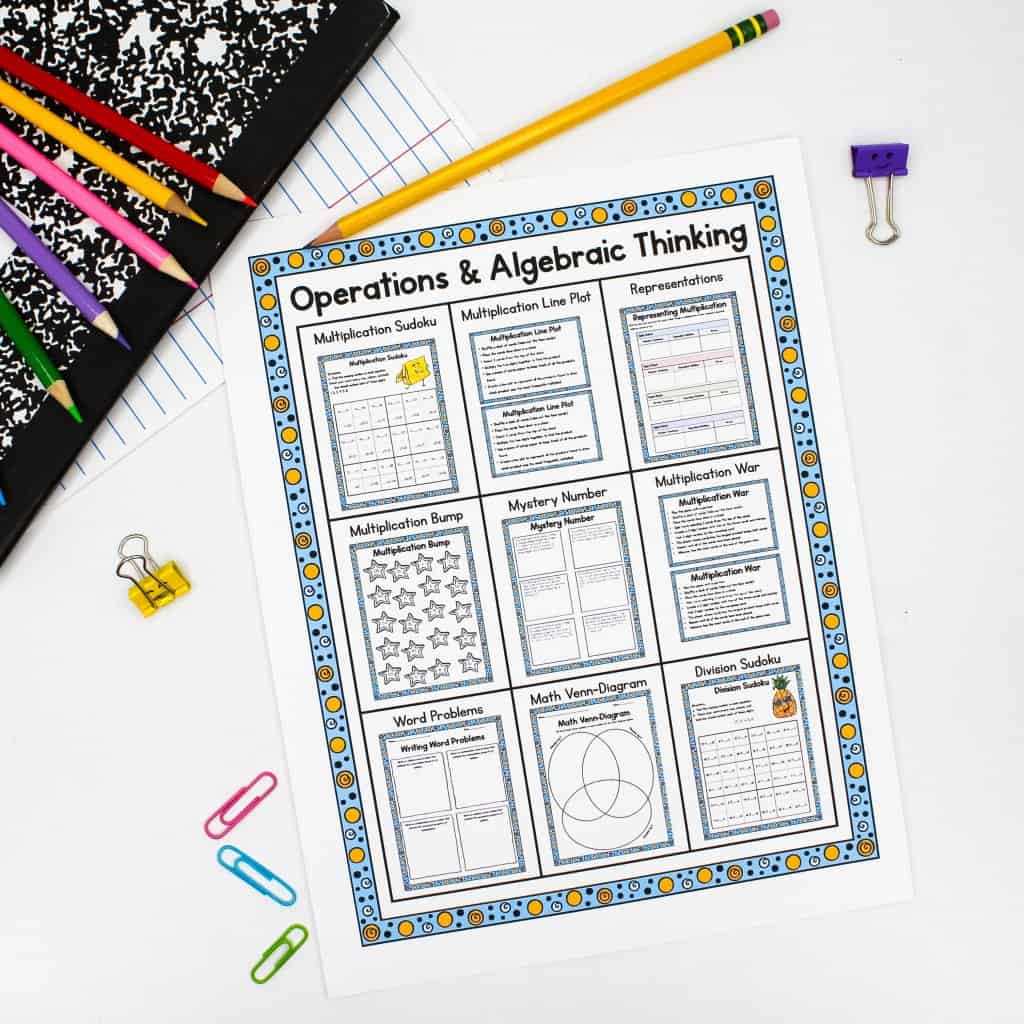
DIY Textbooks
I like to review social studies and science by having students create their own textbooks. I break my students into small groups and assign each group a different unit (habitats, adaptations, rocks, etc.) The groups are responsible for recording the major facts that they learned in the unit, as well as included pictures, diagrams, vocabulary words, and other nonfiction text features. When all of the pages are finished, students add a table of contents and glossary. This class textbook are a great way to reinforce the science concepts my students had learned throughout the year, as well as review nonfiction text skills.
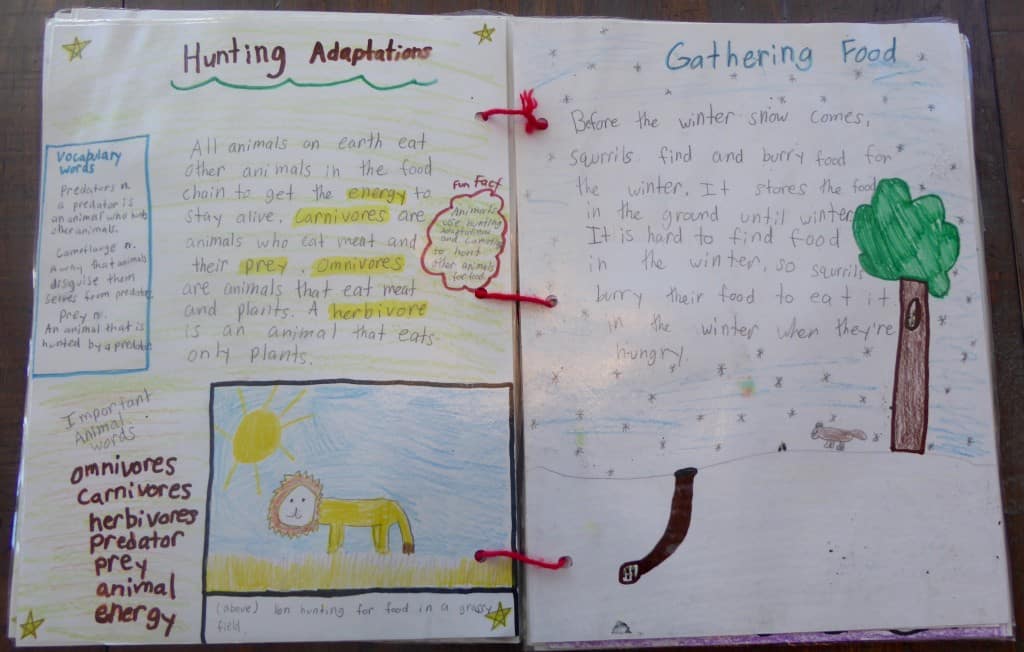

Experiment
The days after testing are a great time to try out new instructional strategies and lessons that you didn’t have time for earlier in the year. This year, I’m going to venture into the world of Breakout Classrooms. I have never done one before, but my request was approved on Donor’s Choose #bestschooldayever and I am so excited to try it out. I know that I have a lot to learn, but if I try a lesson before the end of the school year, I can use the summer to plan and reorganize how I want to use Breakout Classrooms.
One of the reasons I like trying new lessons at the end of the year is that my students already know me, my expectations, and our procedures, so I can focus more on the actual implementation of the lesson than I normally would. You could try to implement a new type of technology that you’d like to use more of next year, such as Flipgrid or Google Classroom. You could also try new STEM projects or discover new ways to integrate science and social studies. I’ll probably attempt one more classroom transformation before the end of the year too. I find that the first time I teach a lesson, I find different parts I can tweak and modify, so my test run allows me to perfect my new lessons and ideas.
I also love finding ways to take learning outdoors. I’ve created an Outdoor Math Scavenger Hunt. There are nine different math activities for students, and they all require just a few extra materials and not a lot of extra prep. I like to have students work with a partner and take a clipboard, pencil, and recording sheet outside for the scavenger hunt.
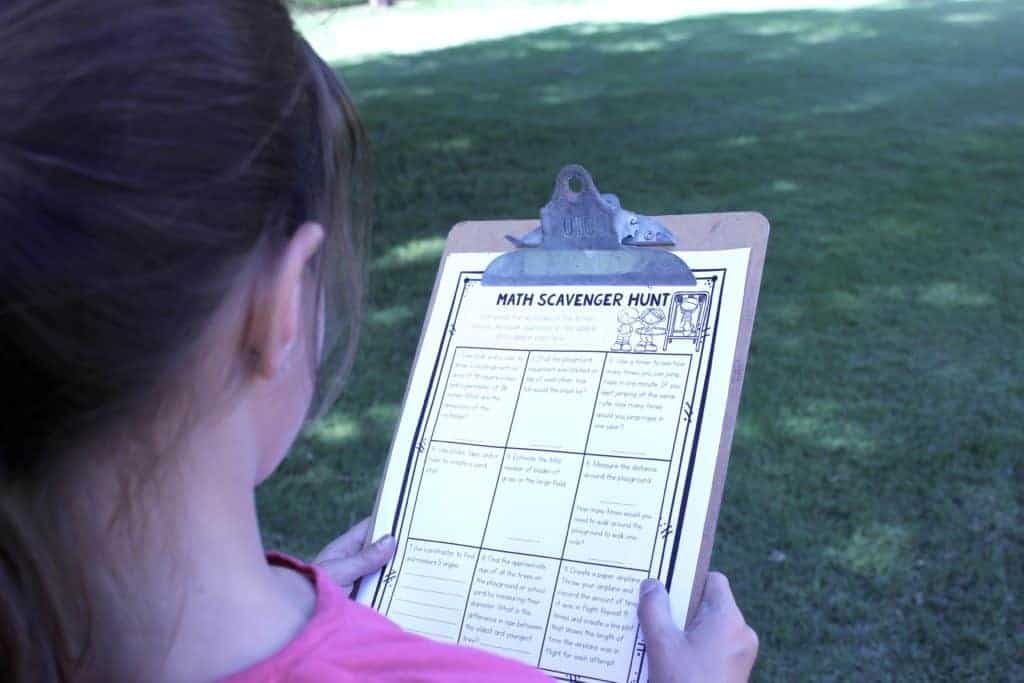
I printed a colorful label with directions for each of the activities and taped the label to a basket. Inside the basket, I placed any supplies or materials that would be needed for the activity. I placed the baskets in random locations around the playground so students could spread out, but where I could also supervise all students at the same time.
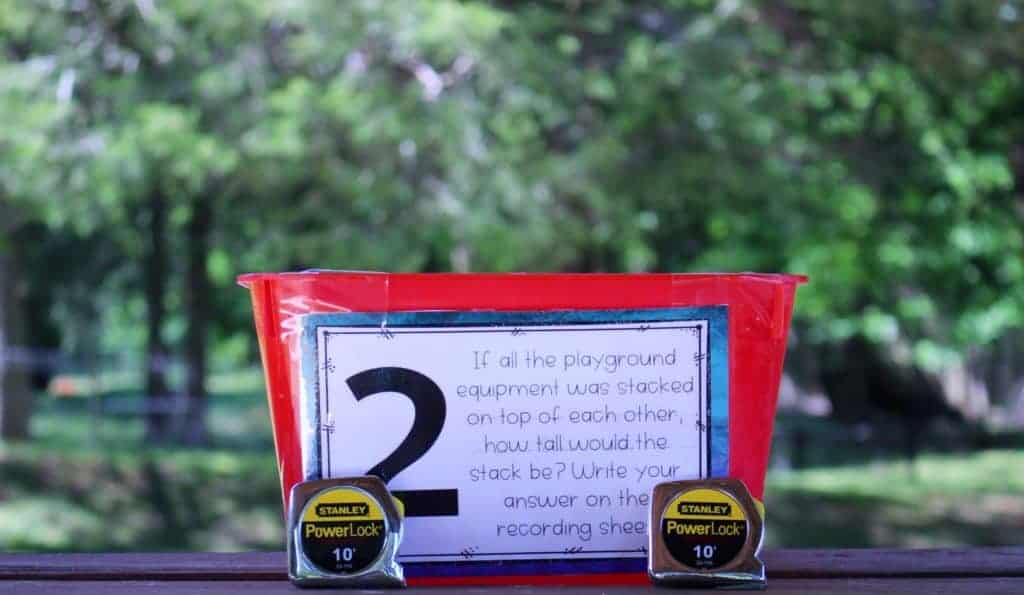
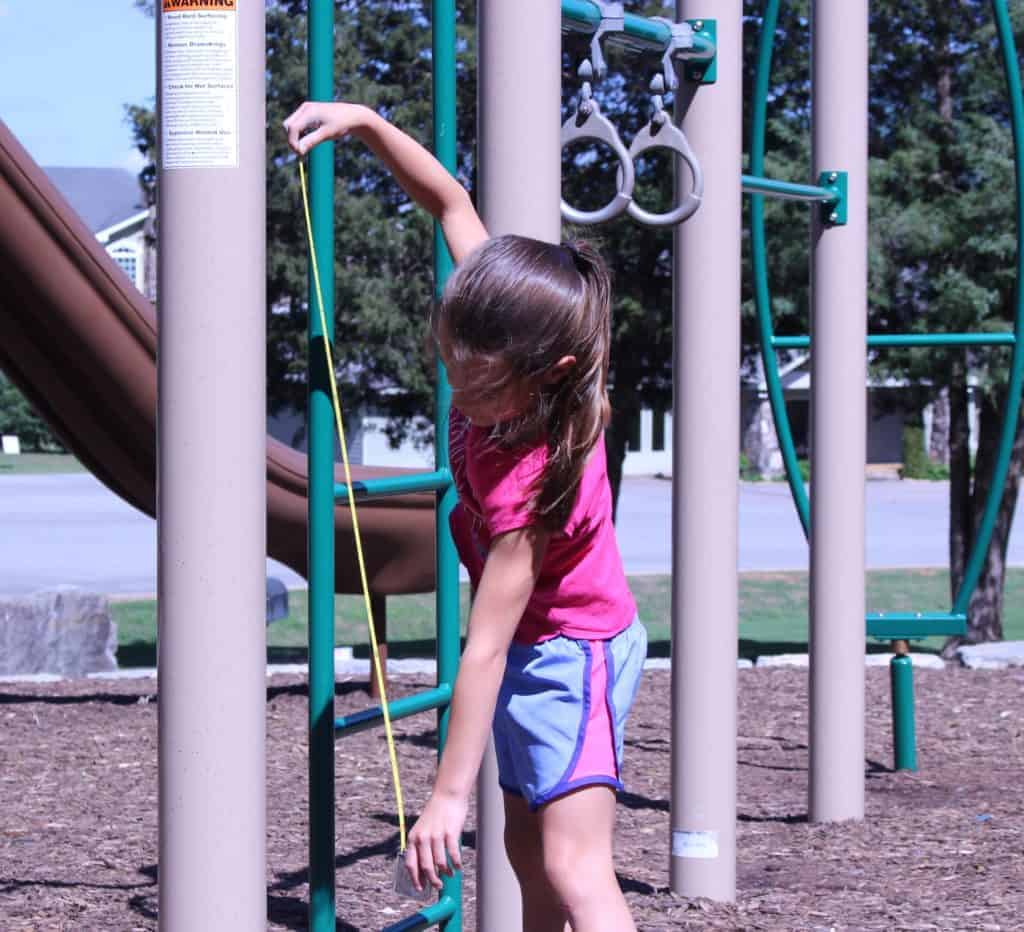

Projects
I never feel like I have enough time for elaborate projects during the year. This is unfortunate, because I love projects. The last few weeks of the year are a great time to engage students in large projects, especially the ones that will keep students motivated and allow them to apply what they’ve learned throughout the year. You could allow students to have extreme flexibility through a time such as Genius Hour. Or, you could assign more specific projects, such as a Museum Wax Project. I’ve always loved incorporating geography and travel into my instruction, because that’s something I personally enjoy, so one of my favorite projects is my “Great Explorations” project.
I have two versions of this project. One with a focus on states and one with a focus on different countries. In this project, students try to earn 100 points by completing activities that have a different point value based on the difficulty of the task. I’ve created 10, 25, 50, and 75 point activities, with 17 total potential projects that students can choose to complete. There is a wide variety of activities to address many different learning styles. I’ve also created thorough direction cards for each of the activities. I’ll print and laminate a few copies of each card, so that I can use them year after year.
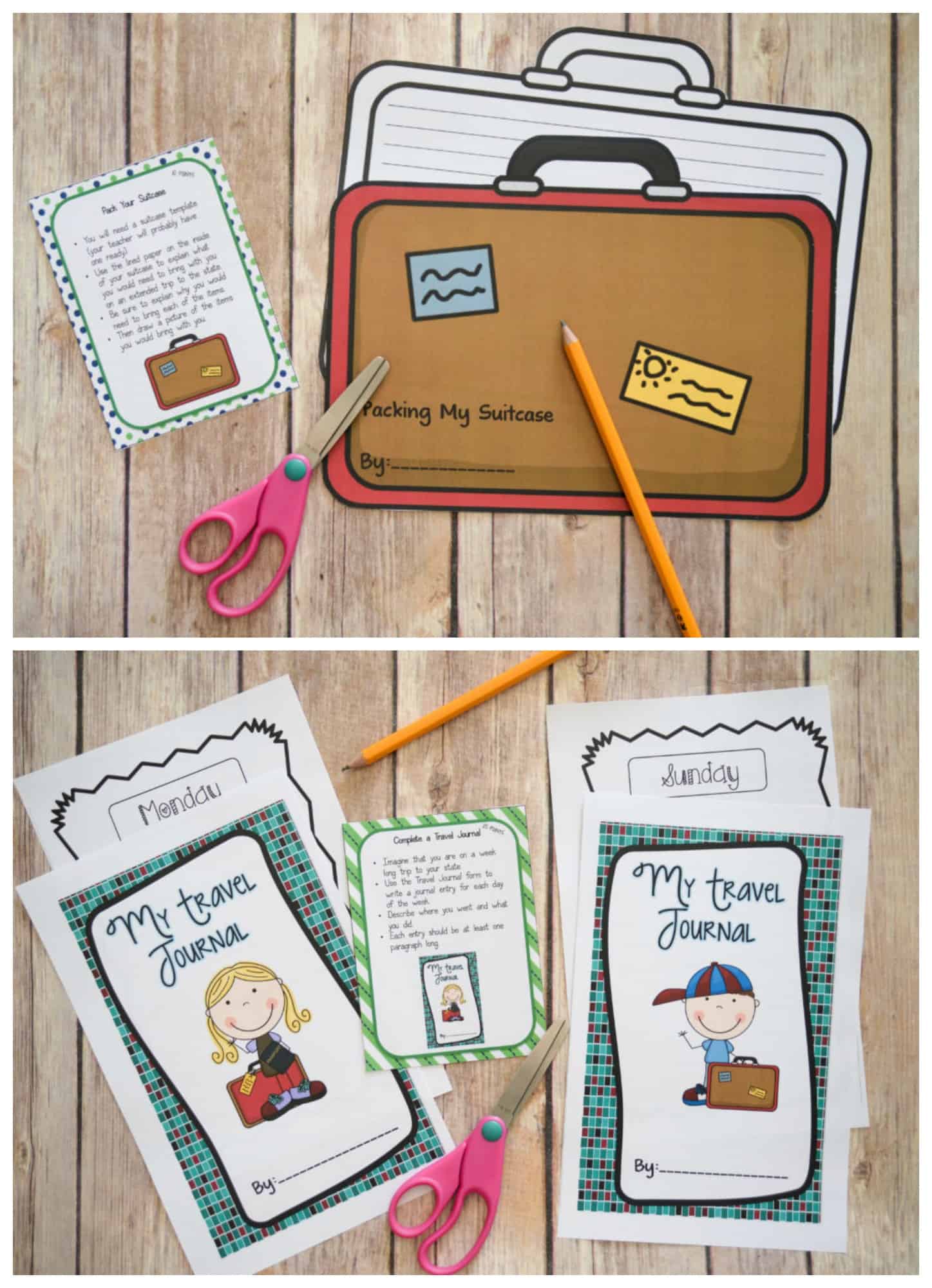

Reflect
An essential component to winding down the year is reflection, for both teachers and students. One activity that I always enjoy is having students fill out a report card. This makes students so excited because they get to grade the teacher and/or their school. Since I didn’t want students just quickly writing down grades, they have to explain why they gave the grades they selected. I was initially a little nervous to give my students the opportunity for this feedback, but they’re typically spot-on with their evaluations.
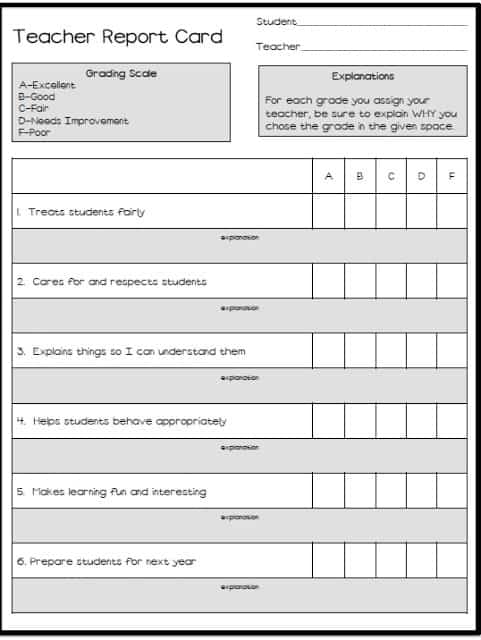
I also like to encourage reflection with my Letters to My Future Self activity. This writing activity gives students the opportunity to write letters to their future self. Students will write a variety of letters on different topics and will seal the letters inside envelopes to be opened on a particular date or event. For this activity, I allowed my students to determine when they can open each envelope in the future. I encouraged them to choose dates such as their 30th birthday, high school graduation, day of first job, and other memorable times and milestones.
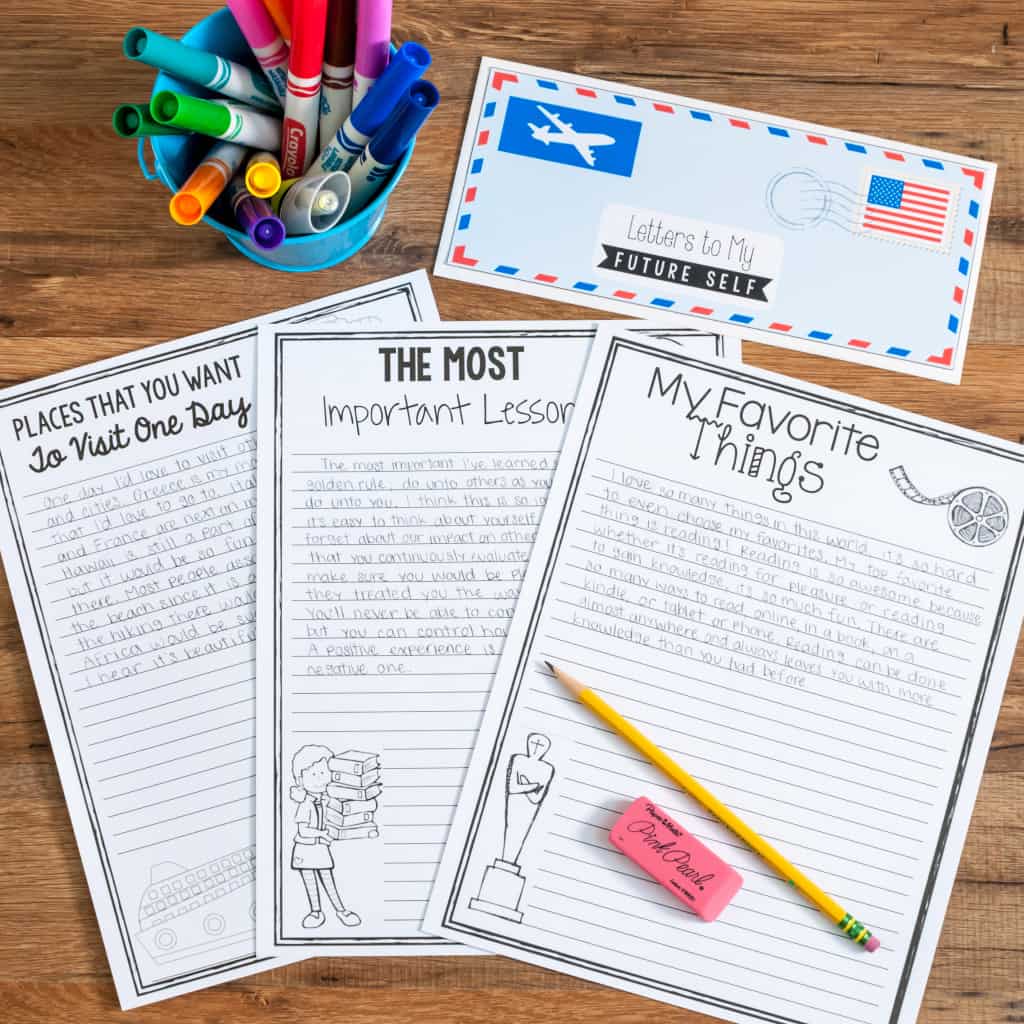
I may also incorporate this reflection into my writing workshop. This way, students can reflect on how their mindset has changed or what they have learned over the course of the year.
Of course, I do squeeze in some art and some extra fun activities too, so it’s not only teaching after testing…more about those soon!

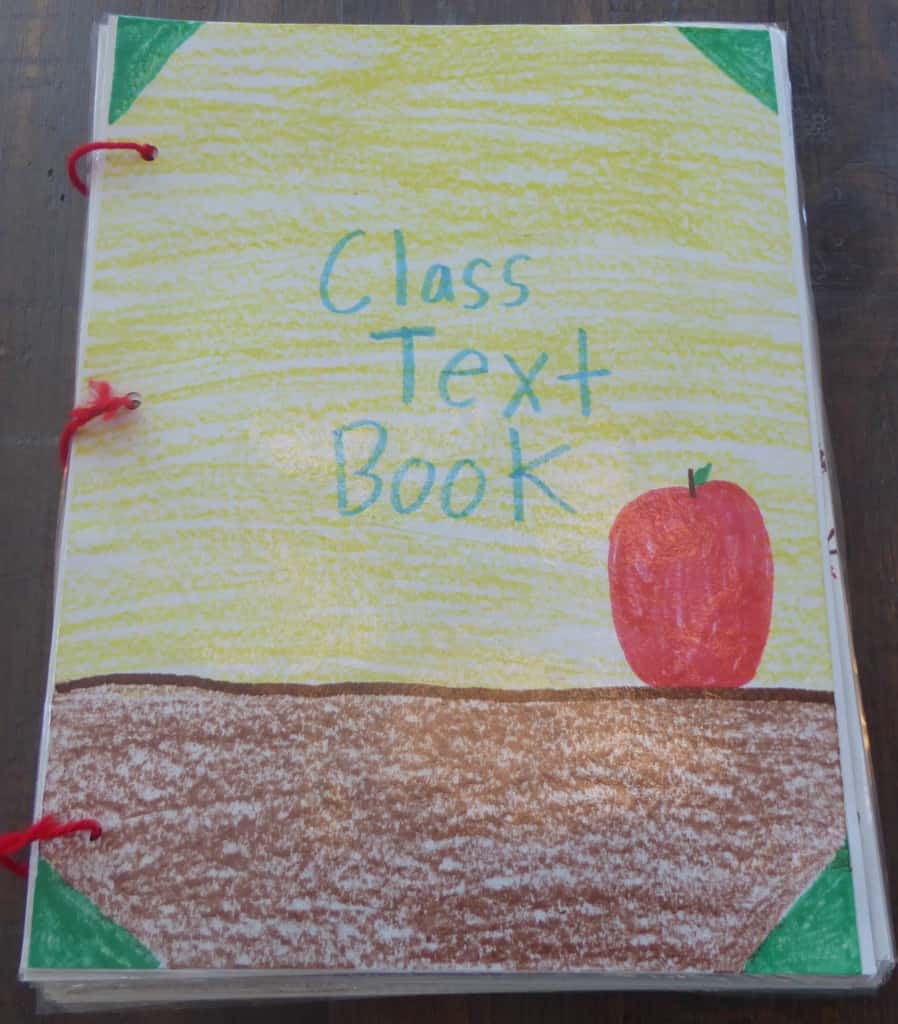
I am not able to open any of the links. Are they available on TPT or free downloads?
Ashley-Where do I get the teacher report card? I didn’t see a link.